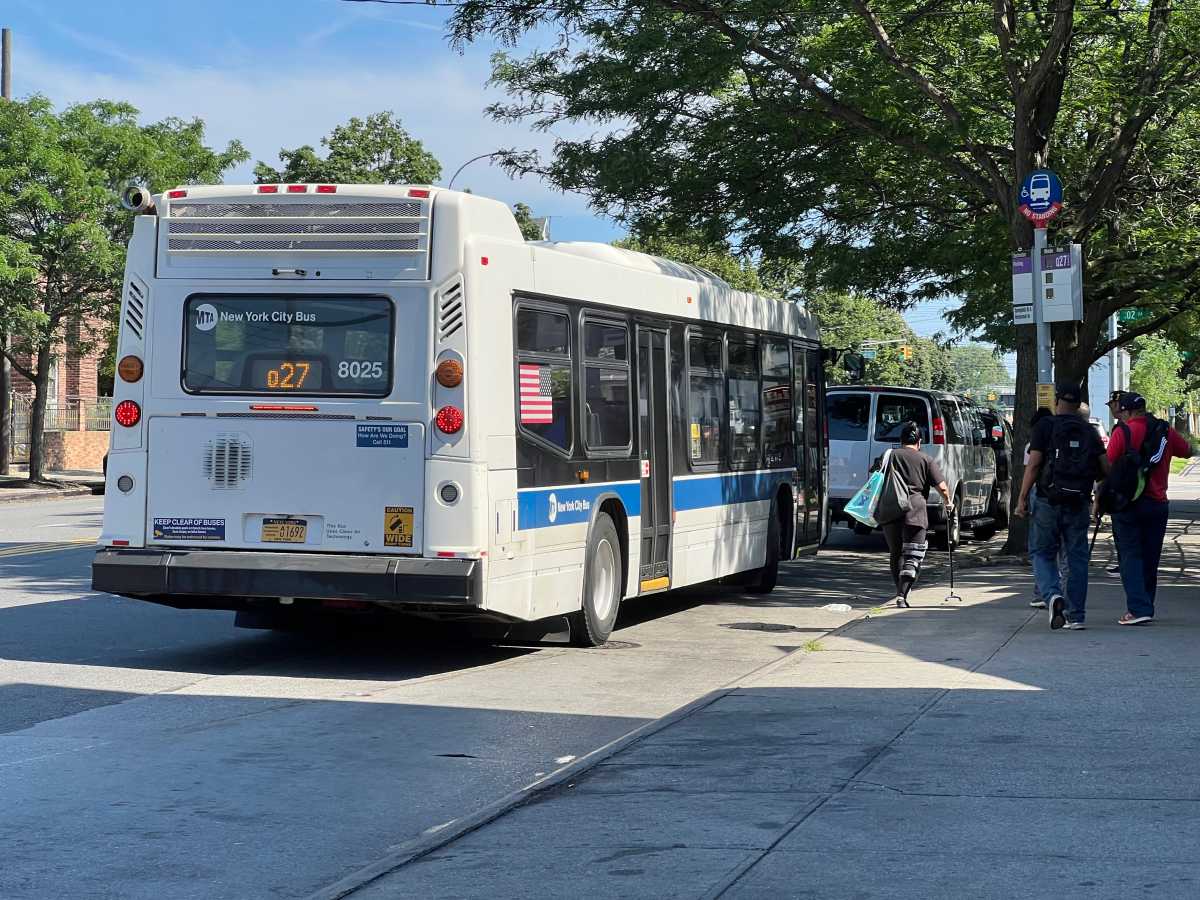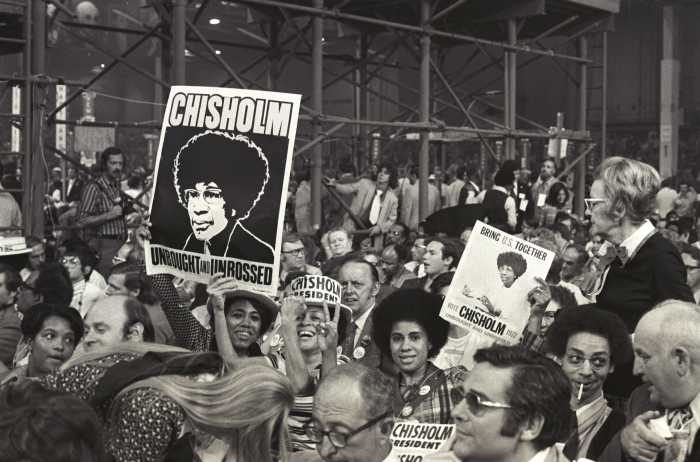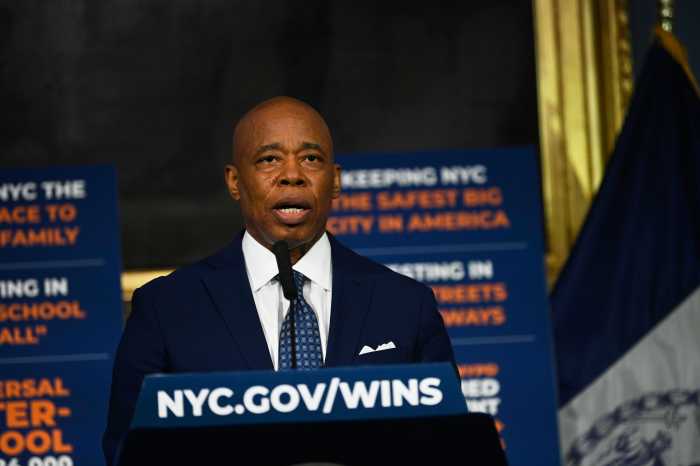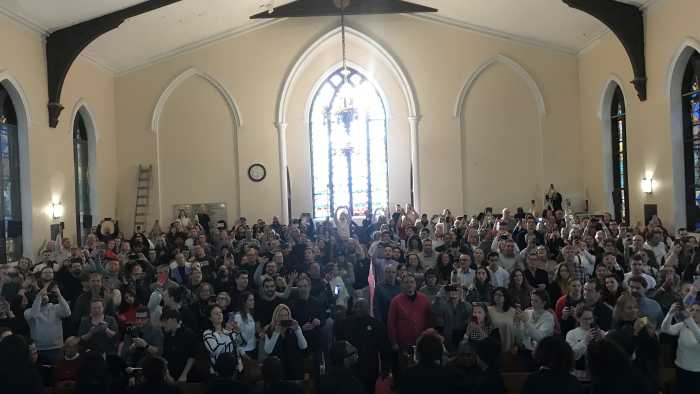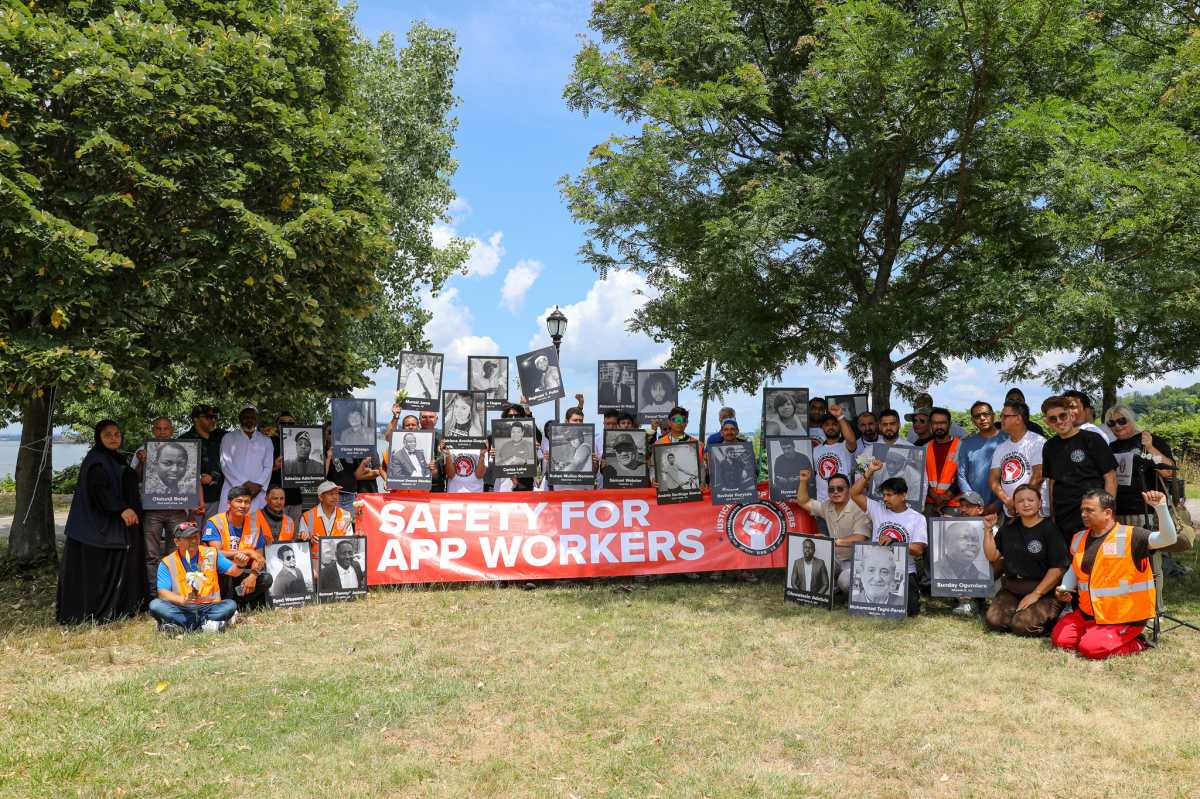We urge Special Master Sheila Birnbaum to extend the boundaries for eligibility for the Victim Compensation Fund portion of the James Zadroga 9/11 Health & Compensation Act to match the same northernmost boundary for the healthcare portion of the bill. Currently the northern boundary for the healthcare portion is Houston Street while the northern boundary for the V.C.F. portion is Reade Street. This modification must be completed before regulations are finalized in September.
Birnbaum and her advisors at the U.S. Department of Justice determined the current V.C.F. boundaries in Manhattan based on satellite and aerial images of the initial dust cloud. We don’t feel this is an appropriate method of determining the range of toxic exposure. The geographic range determined for the health portion of the bill—which is Houston Street to the north—are fittingly based on medical evidence provided by the World Trade Center health clinics and published research. This is sound proof that 9/11-related illnesses impacted a larger number of civilians than those that fit in the V.C.F.’s current range.
Though the initial dust cloud might have visibly dispersed up to Reade Street, the contamination spread much farther. Residents in Soho, Tribeca, the Lower East Side and the Village all can attest to this. Some of them were displaced from their homes, while others developed acute and unusual respiratory ailments from exposure to the Ground Zero toxins. Yet others have scientific evidence of hazardous exposure: a test conducted in 2004 at Independence Plaza North, a Tribeca apartment complex, revealed elevated amounts of asbestos in the window tracks.
We recognize the potential challenge in expanding the catchment area. There are only a limited amount of available funds allotted to the V.C.F. and, the greater the number of applicants, the smaller the compensation packages might be granted for each claimant. But financial limitations shouldn’t deter the federal government from offering compensation to those well worthy of it.
We applaud Birnbaum for being open to discussion with Downtown residents and other constituents. Since she seems to genuinely care about the well-being of all those who were in harm’s way on that tragic day, we are confident that she will seriously consider the plea from the approximately 100 individuals who took time to submit their comments.
We need a rat plan
Two weeks ago, we broke the story that rats were running wild in Tompkins Square Park.
Subsequent reports revealed a surprising reason for the park’s booming rodent population: The Parks Department hadn’t baited Tompkins Square with rat poison since April in order to protect the park’s red-tailed hawk, which potentially could be harmed, or even killed, by eating poisoned rats. News reports from Tompkins showed graphic footage of rats running rampant.
Clearly, this has been a black eye for Parks — even, for the city.
But the problem extends beyond Tompkins Square Park. Rats invading public spaces have been an issue for the last year. The rats in Delury Square, the rats running rampant on Fulton Street and in the Seaport… it’s a news item we’re tired of. But with construction, particularly in Lower Manhattan the rodents are bound to come above ground.
Apparently in recent weeks the Parks Department has come up with a way to deal with the issue. While the black boxes full of poison might not be suitable for every situation, they seem to be doing the trick around Peck Slip.
We just ask that the issue does not fall by the wayside. The Parks Department should start to think outside of the box and come up with ways to address the situation.



